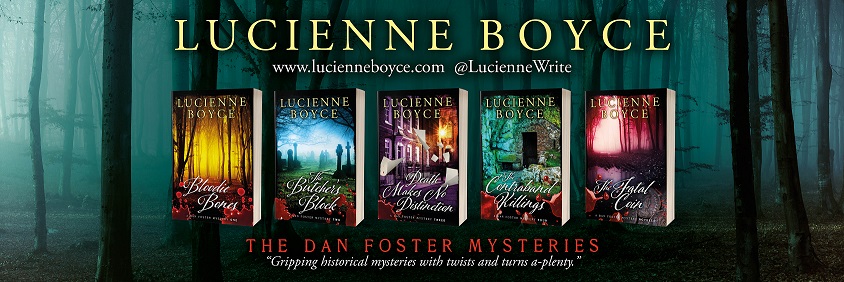The
Hatchet Inn on Frogmore Street in Bristol is all that remains of a row of seventeenth-century
timbered houses dating back to 1606 – making it one of the city’s oldest pubs. It
was substantially altered in the 1960s, and these days it stands on a traffic
island. But at one time it boasted extensive grounds – and amongst the facilities
on offer was a bare-knuckle boxing ring.
 |
| Plaque at The Hatchet Inn, Bristol |
The
pub’s connection with Bristol’s boxing heroes is commemorated in a plaque
illustrating five of Bristol’s champions – one of whom, Hen Pearce, features in
Bloodie Bones: A Dan Foster Mystery.
 |
| Hen Pearce (Detail) |
Bristol born Hen Pearce, The Game Chicken (1777–1809), a former
butcher’s boy, became champion of England in 1805. He was a hero inside and
outside the ring. In 1807 he climbed onto the roof of a building in Thomas
Street, Bristol to rescue a servant girl from a fire. Always a popular figure,
this courageous act inspired many eulogies in prose and verse.
 |
| Tom Cribb (Detail) |
Born
in Hanham, near Bristol, Tom Cribb (1781–1848)
also
held the title champion of England. He is best known for his fight against Black
American boxer Tom Molineux in 1810 – a fight which drew 20,000 spectators. Molineux
had to fight in front of a racist mob and was cheated of victory when Cribb’s
seconds accused him of holding lead weights in his hands, a delaying tactic which
gave Cribb time to recover from a knock-down blow
 |
| Jem Belcher (Detail) |
Jem
Belcher (1781-1811), nicknamed the Napoleon
of the Ring, was born in Bristol into a boxing family. His maternal grandfather
was Jack Slack, and his brother-in-law was Bob Watson. Jem’s younger brother
Tom was also a pugilist, as was his elder brother. It was also said that one of
Jem’s sisters was a pugilist. Another England champion, Belcher
was so popular people copied his dress style: he invented the Belcher scarf – royal blue
dotted with large white spots with a smaller blue spot in the centre – which was worn by fashionable men and women.
Other
boxers depicted are John Gulley (1783-1863) (top right), who succeeded to the title of English
champion after Hen Pearce’s retirement due to ill health in 1805, although when
he fought Hen in October that year he was actually defeated. Gulley was born in
Wick, near Bristol, where his father ran The Crown inn. The family moved to Bath
and his father became a butcher. Gulley went on to become a wealthy man who
owned land and mines, and was elected Member of Parliament for Pontefract.
Finally,
Ben Brain (1753–1794) (bottom left), was a collier. In 1790 he fought fellow Bristolian Bill Hooper in a
fight that lasted for one hundred and eight rounds over three and a half hours – and
at the end it was declared a draw! It
wasn’t even regarded as a very good fight.
Bow Street Runners and
bare-knuckle fighters, radicals and pickpockets, resurrection men and blue
stockings…Find out more about Dan Foster’s world at
http://www.lucienneboyce.com/dan-foster-bsr/
Preview Bloodie Bones at
http://www.lucienneboyce.com/dan-foster-bsr/
http://www.lucienneboyce.com/dan-foster-bsr/
Long listed for the M M Bennets Award for Historical Fiction 2016.
Find
out more about the Hatchet Inn at http://thehatchet.co.uk/wp/index.php/about/



Comments
Post a Comment